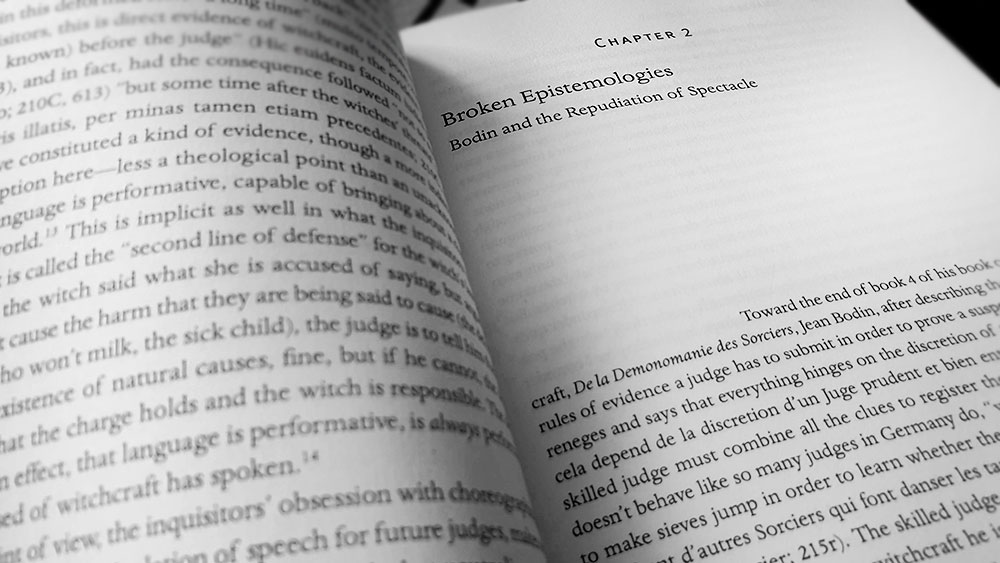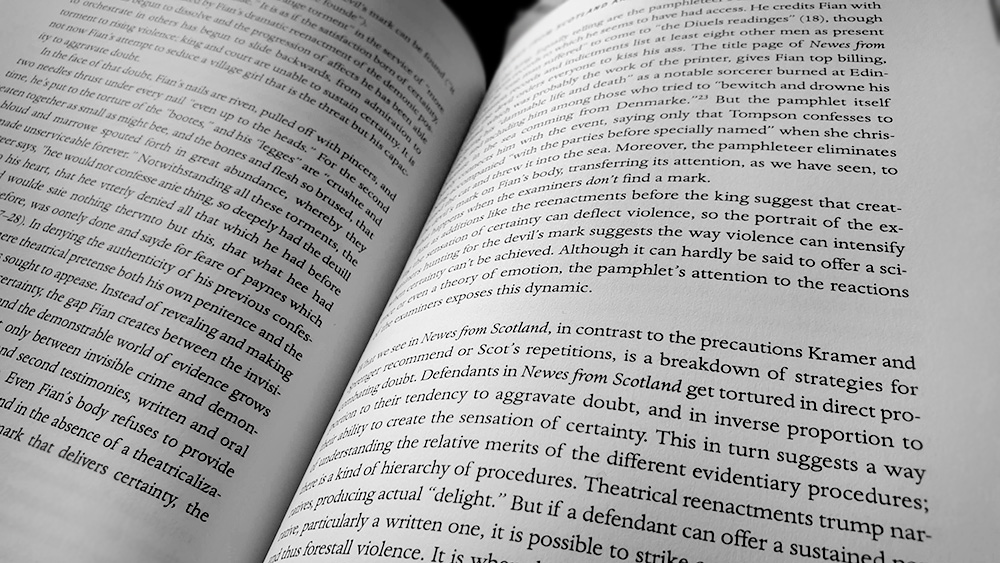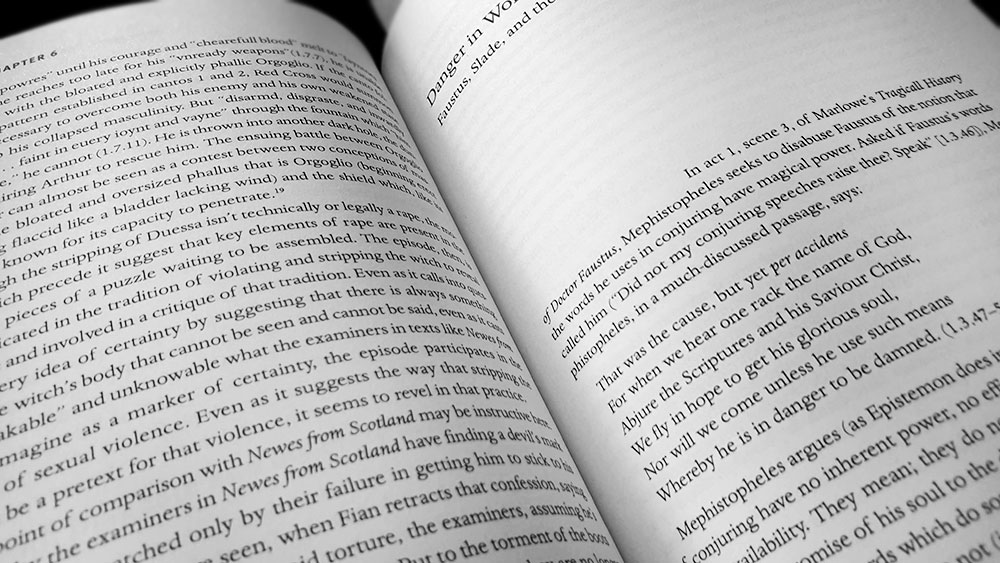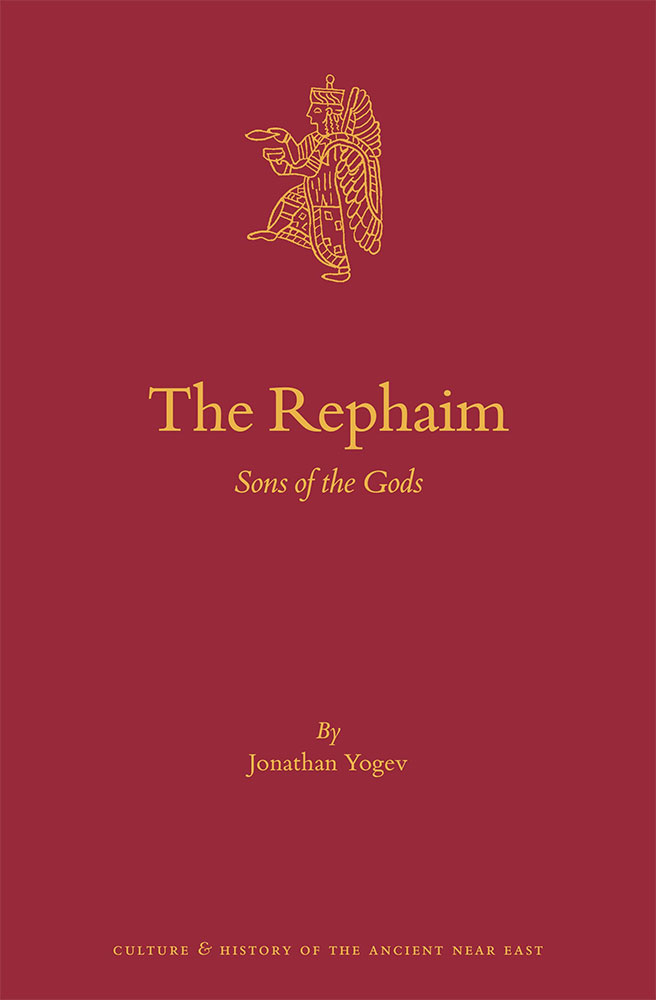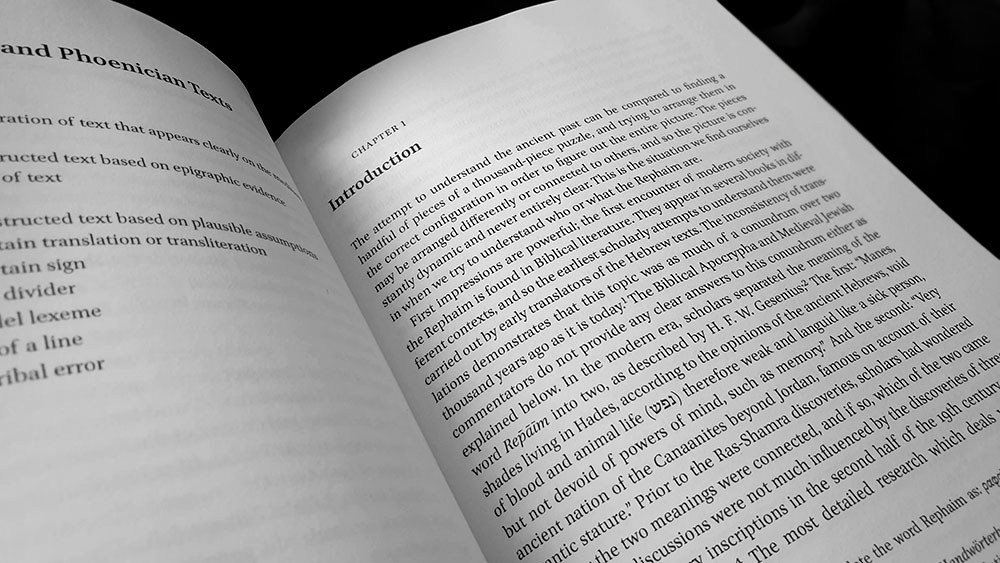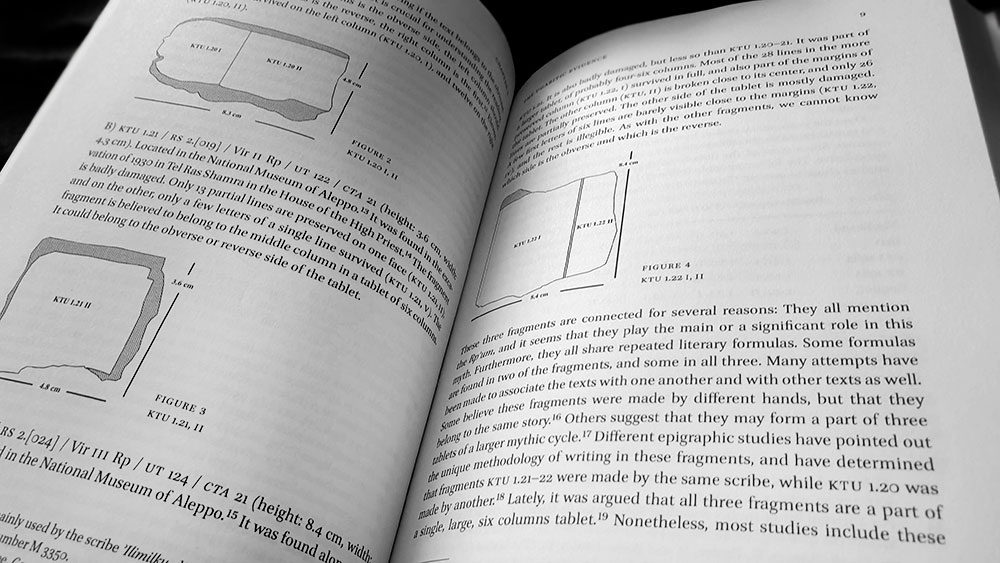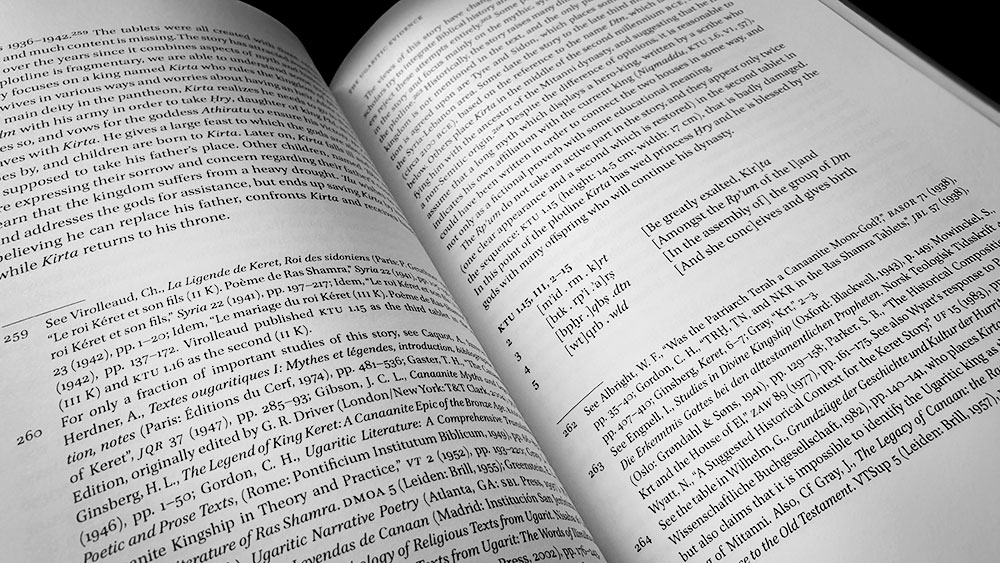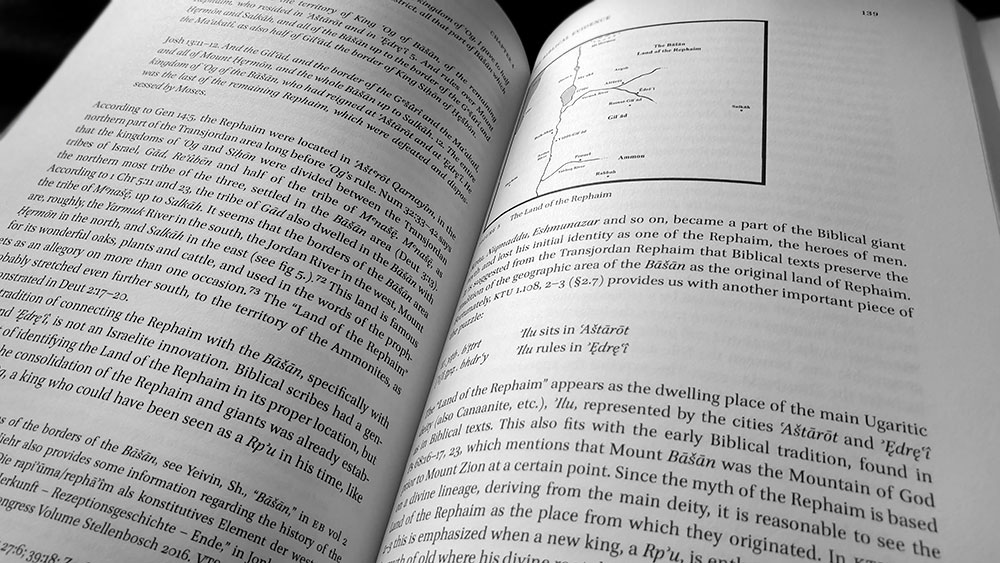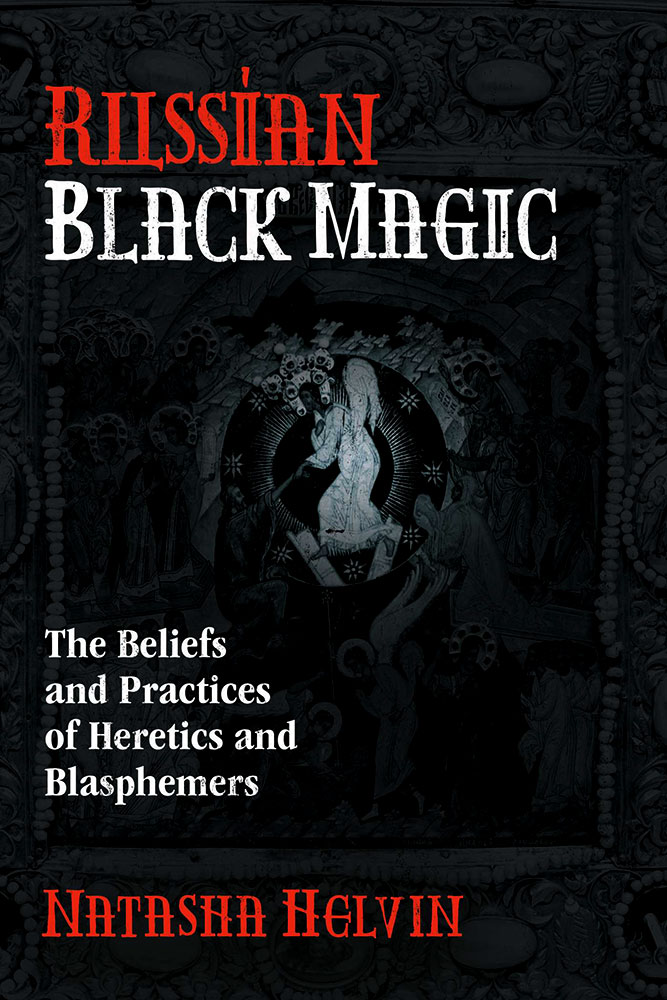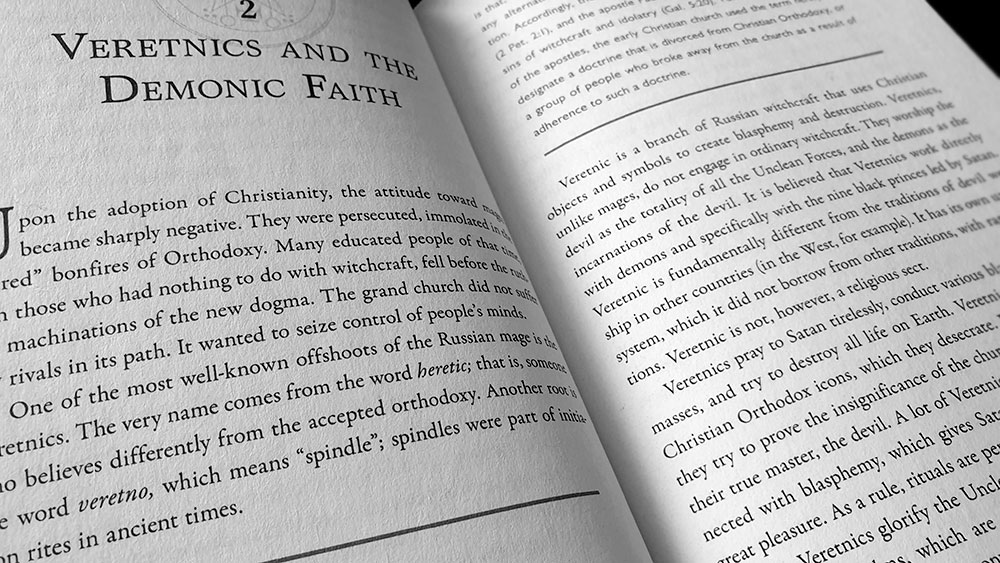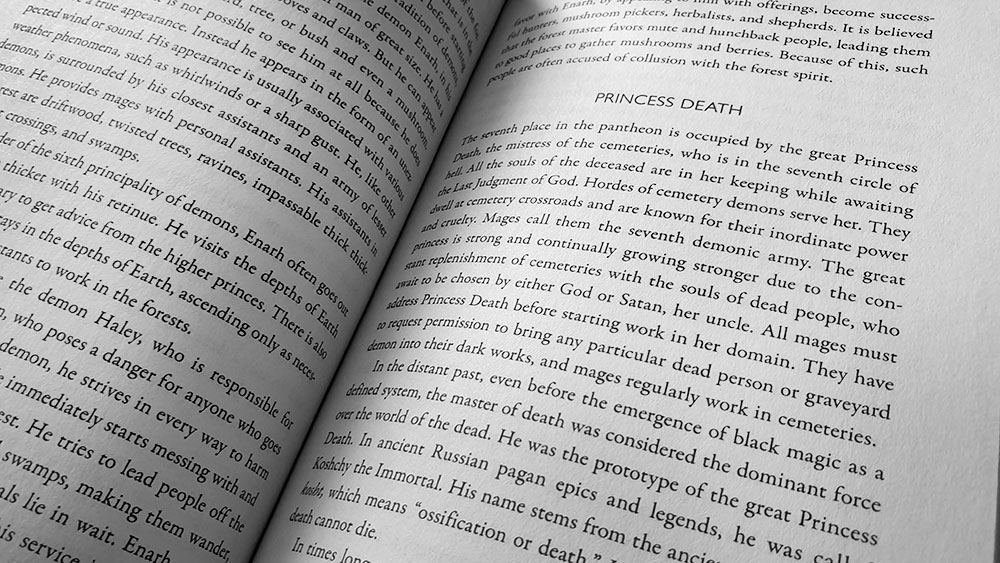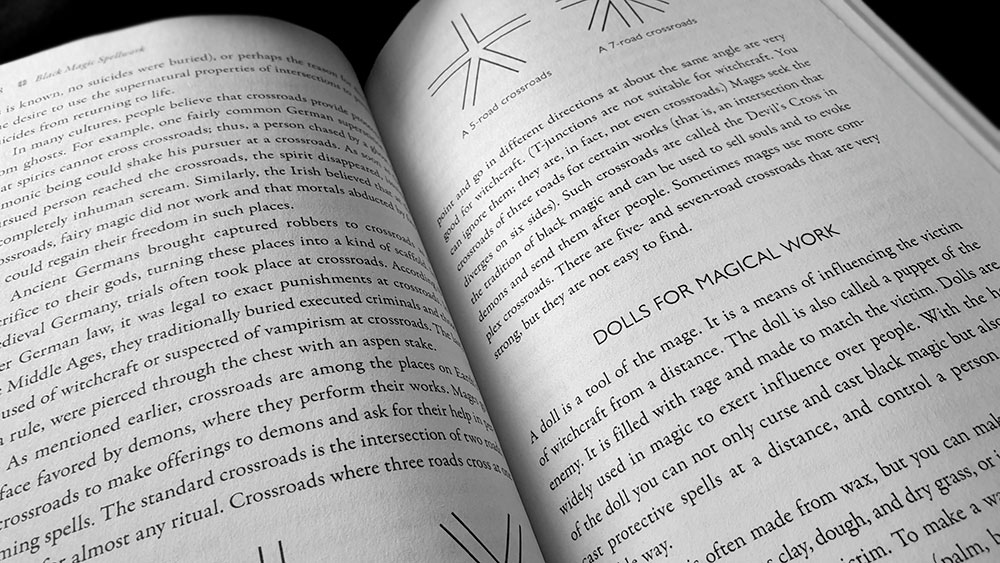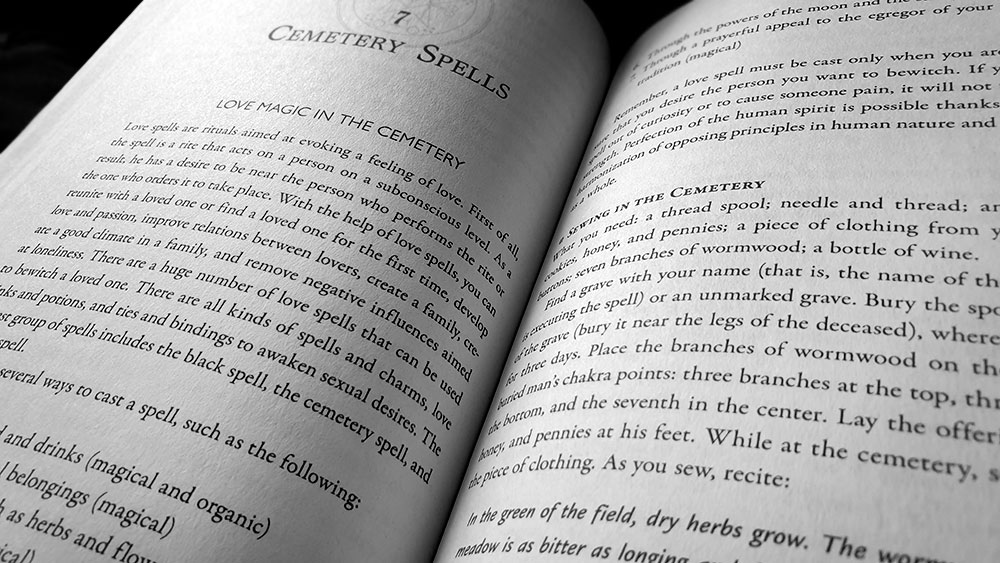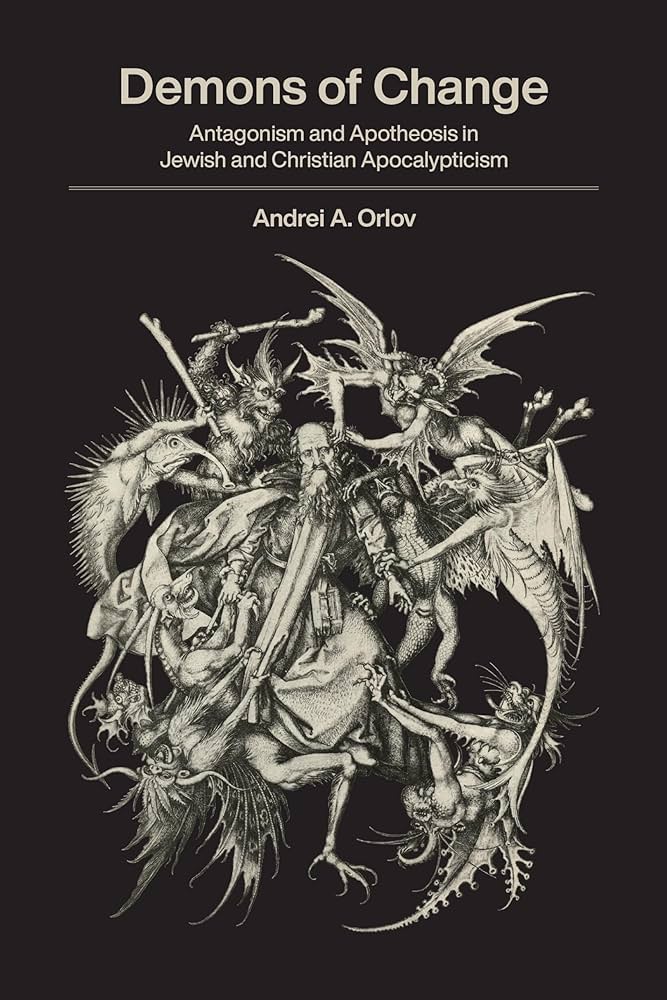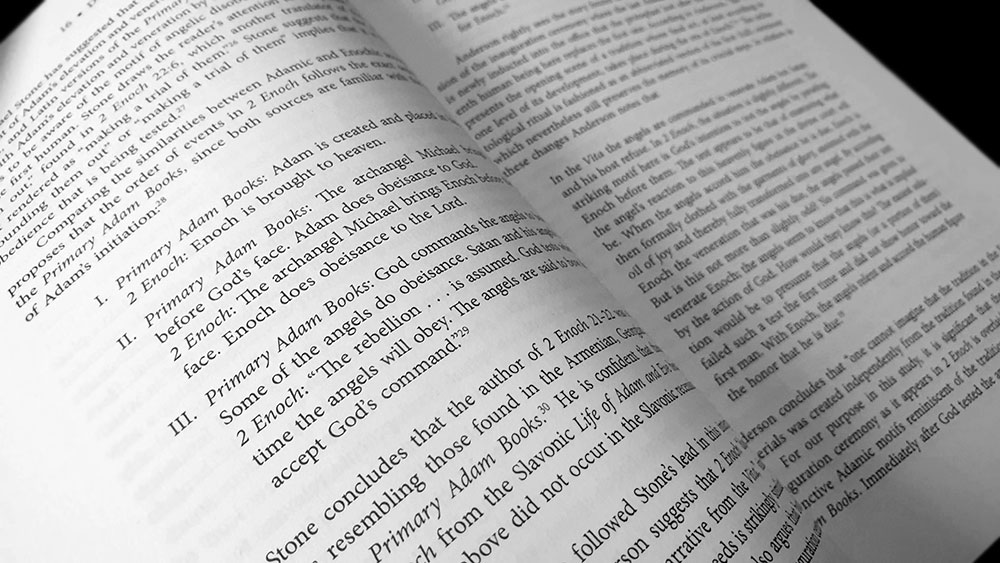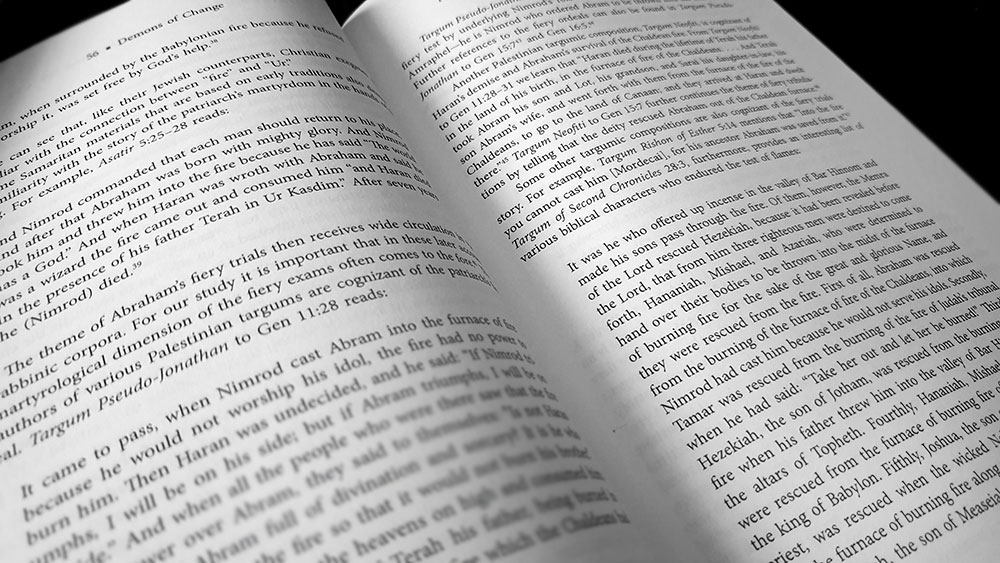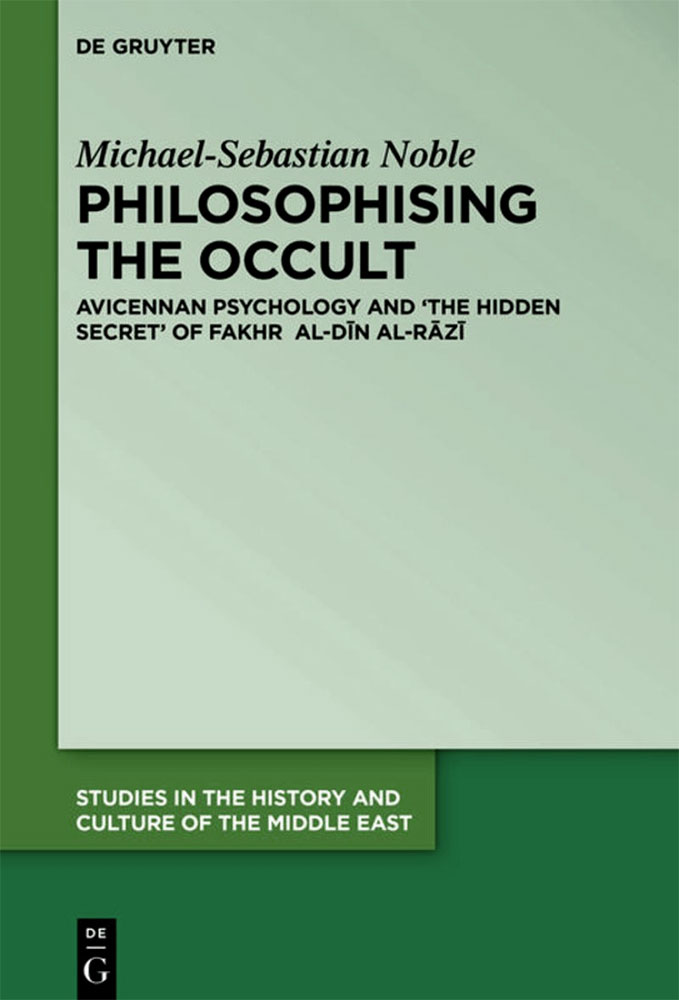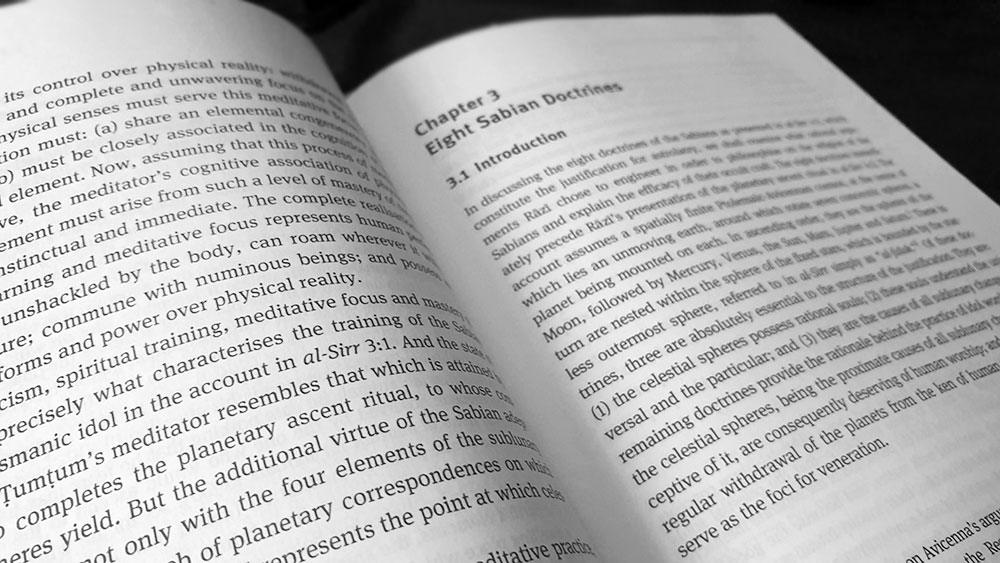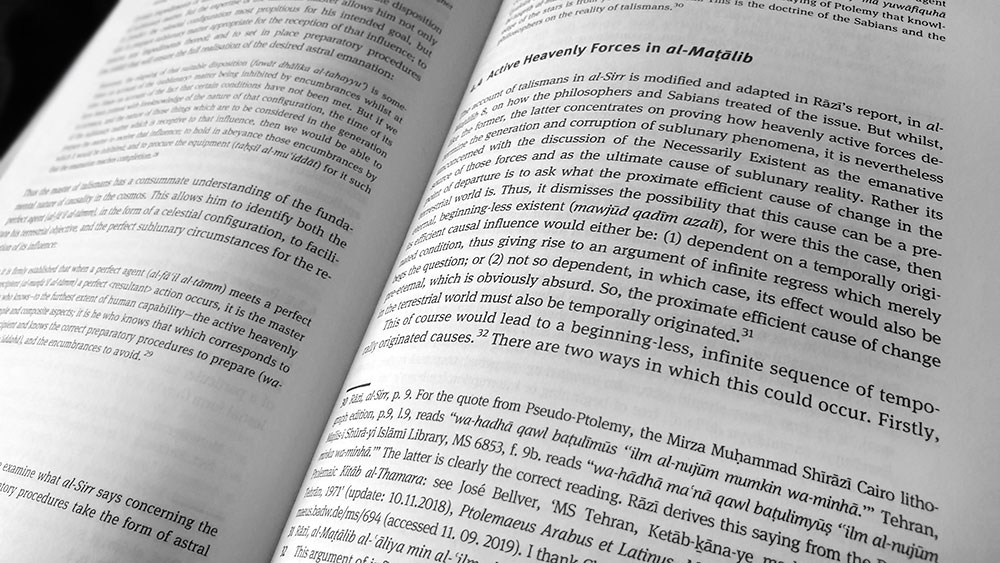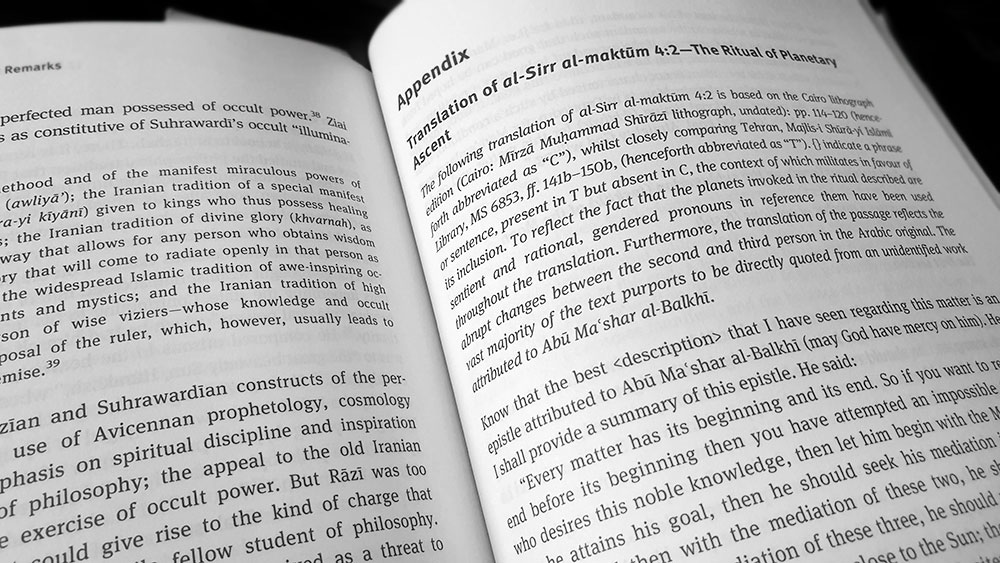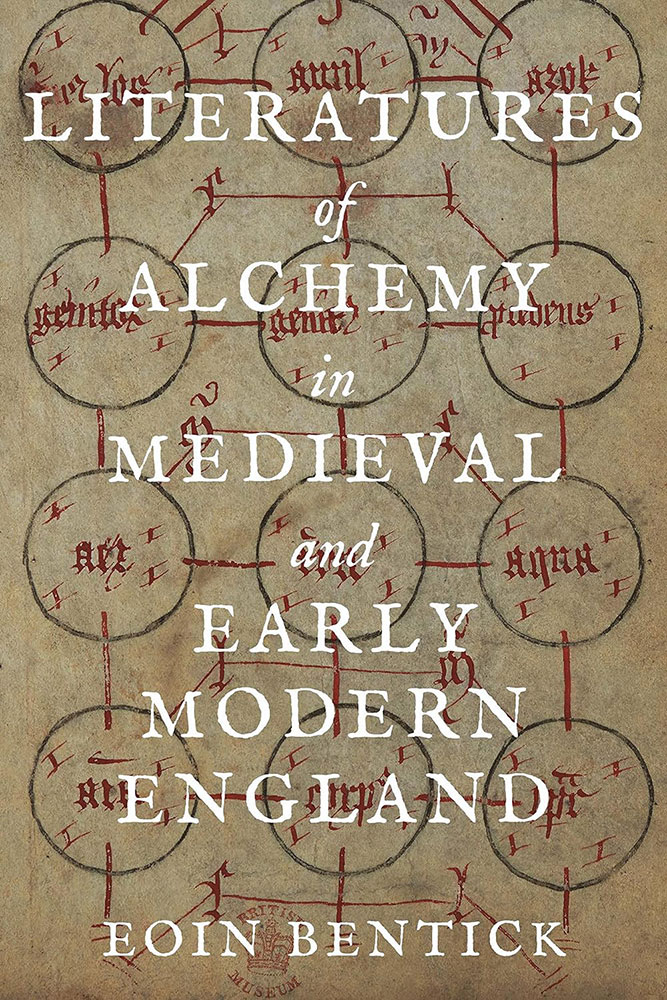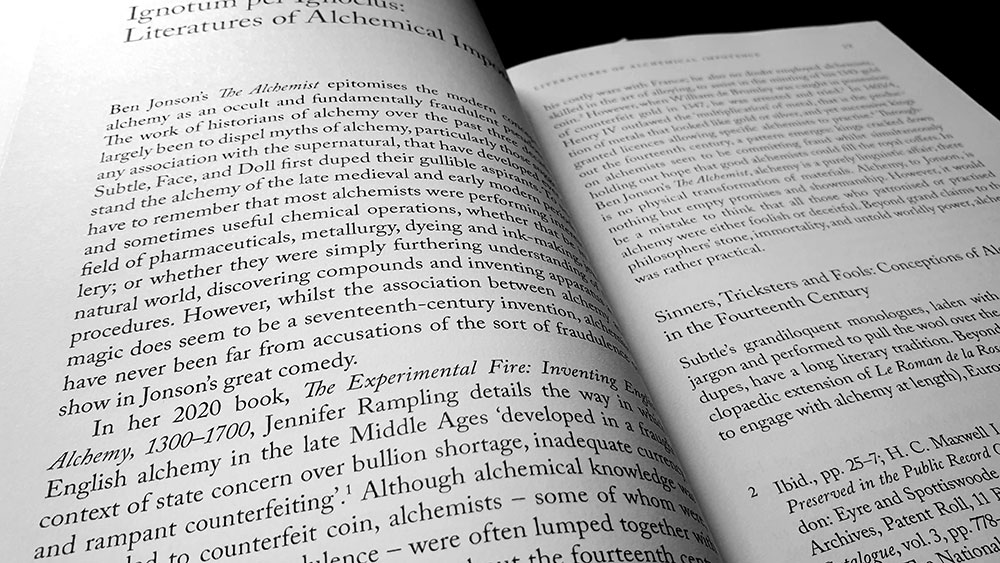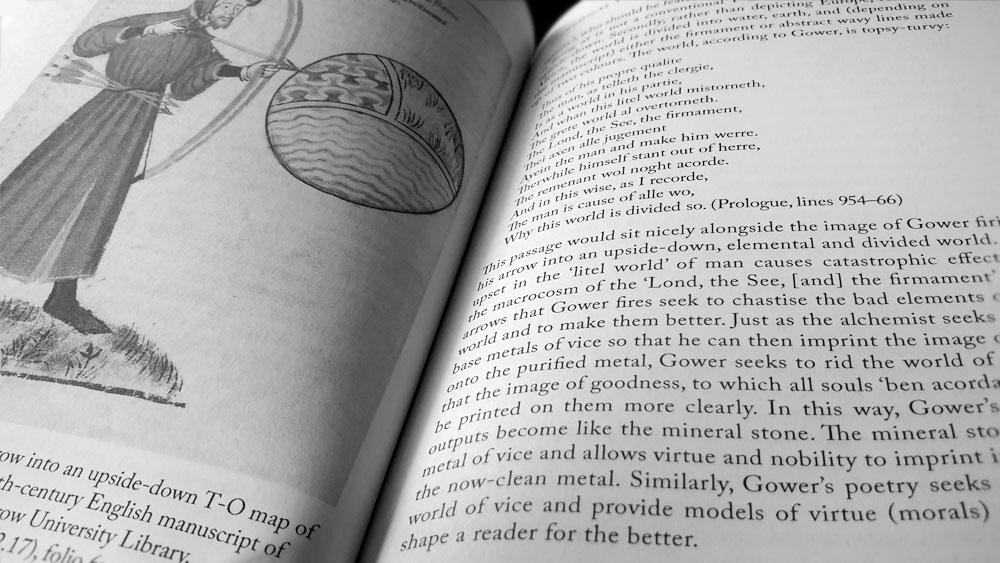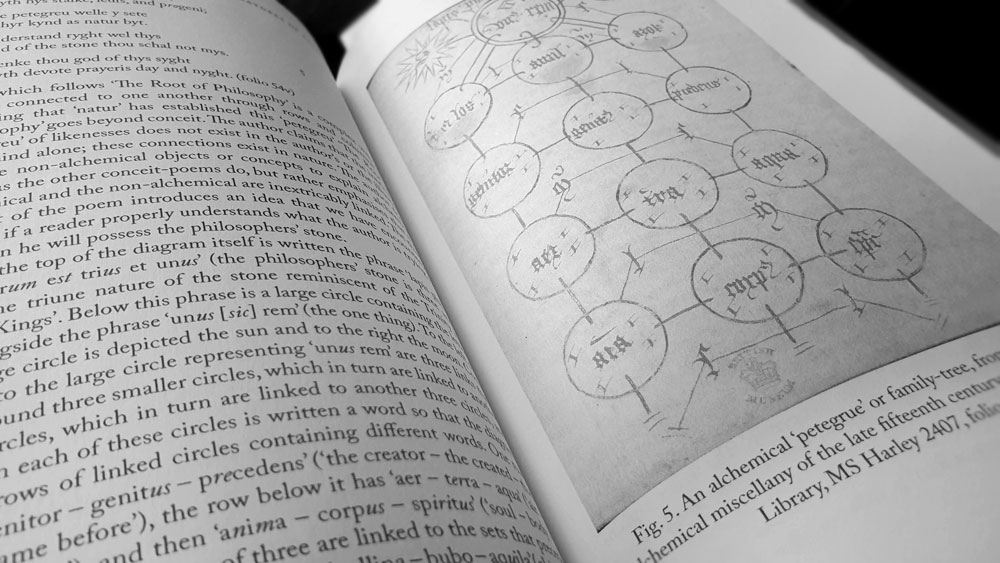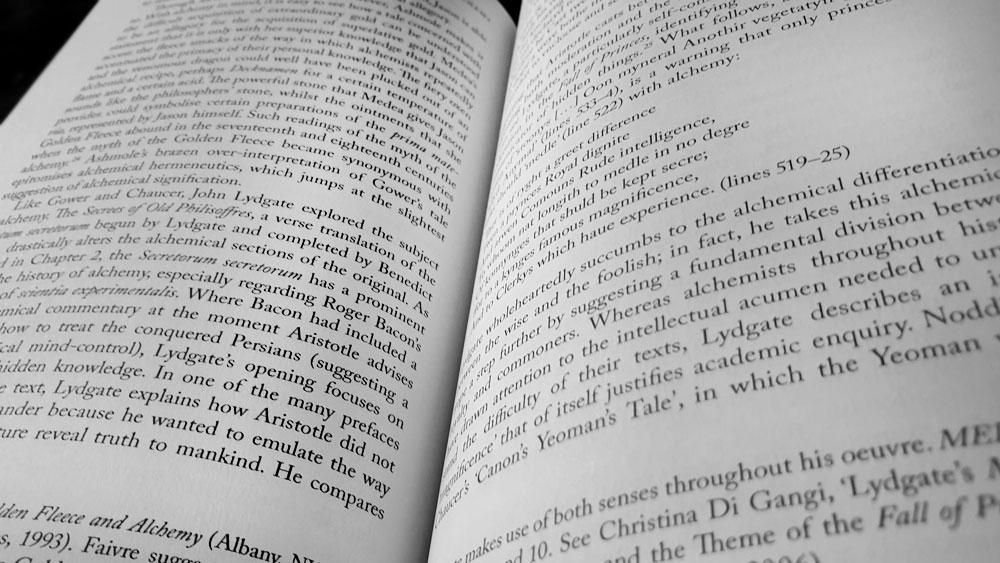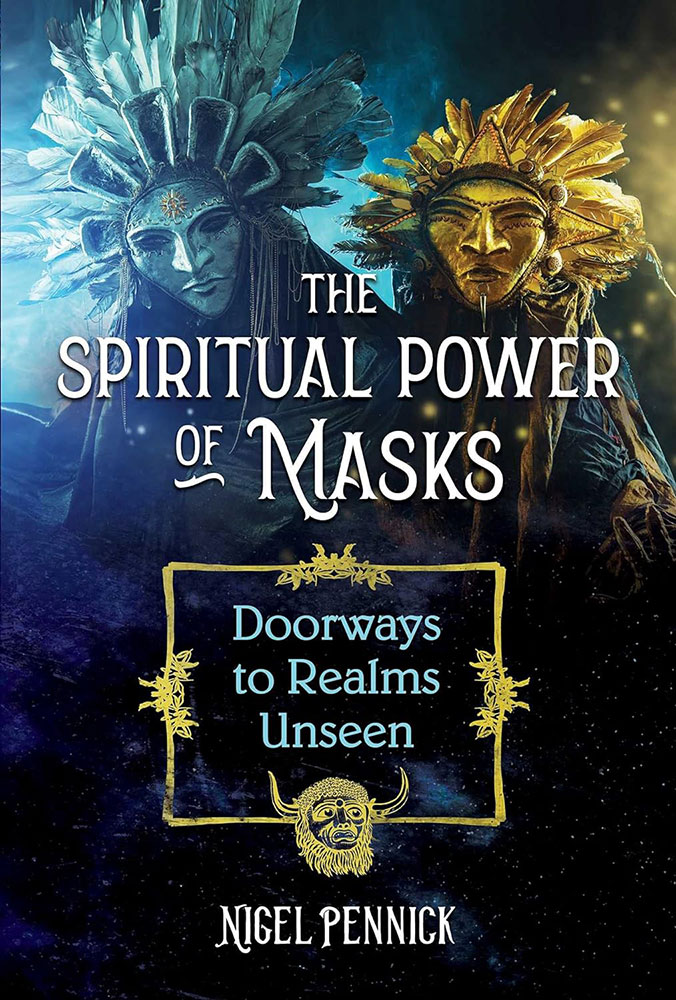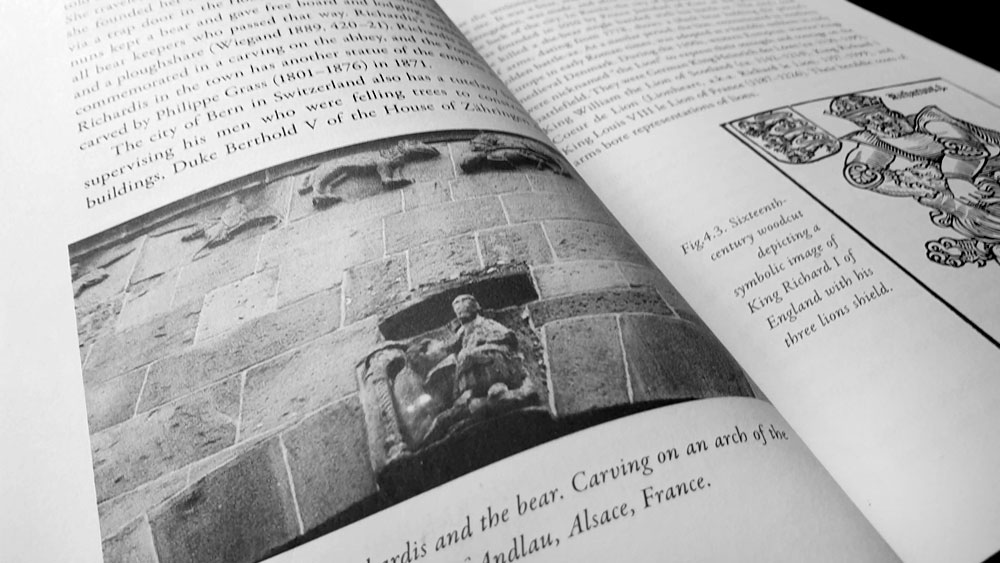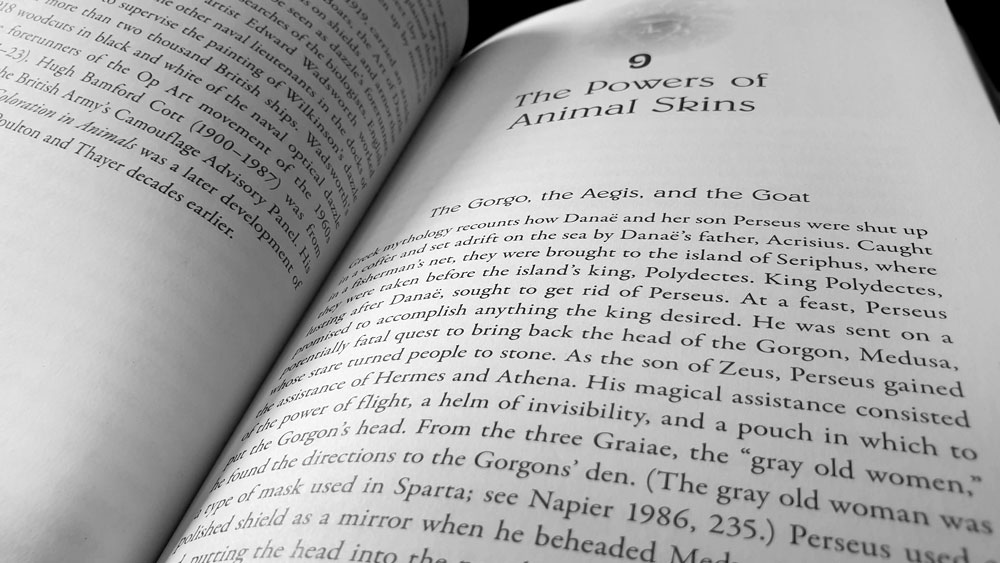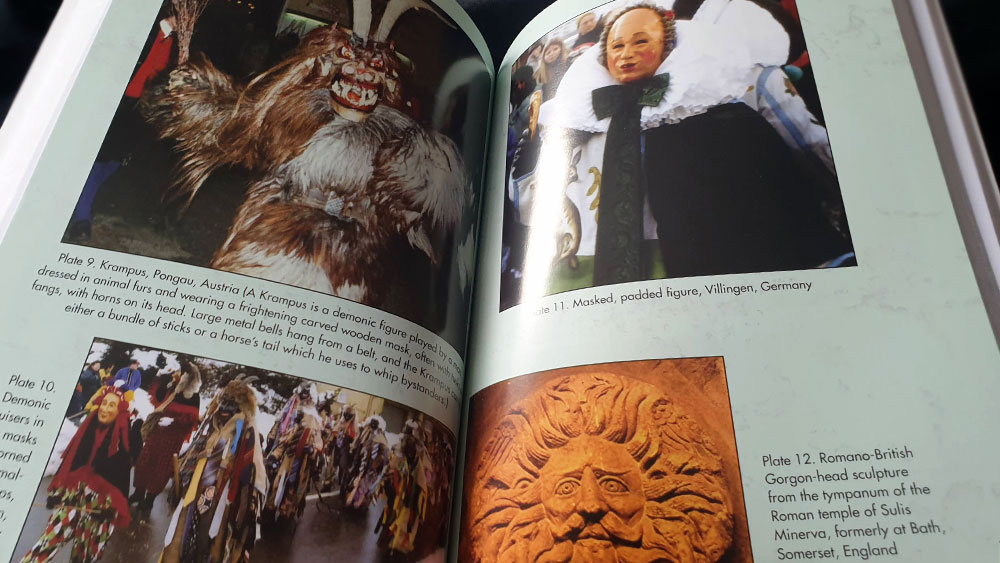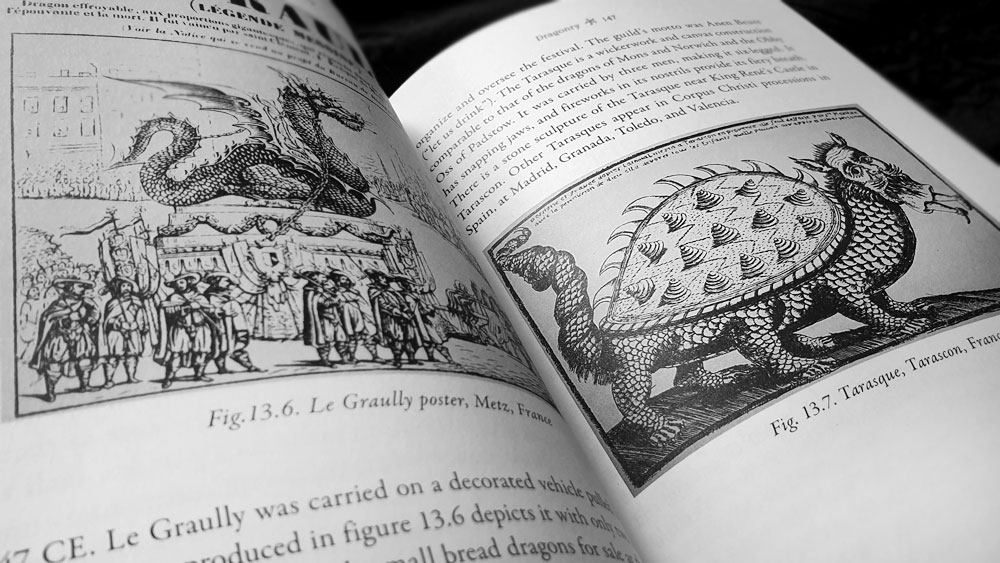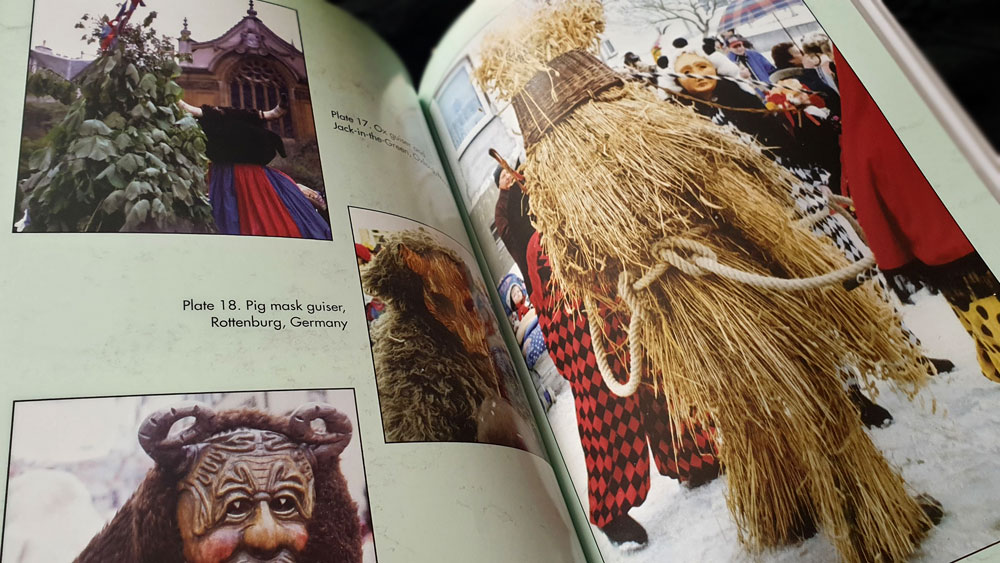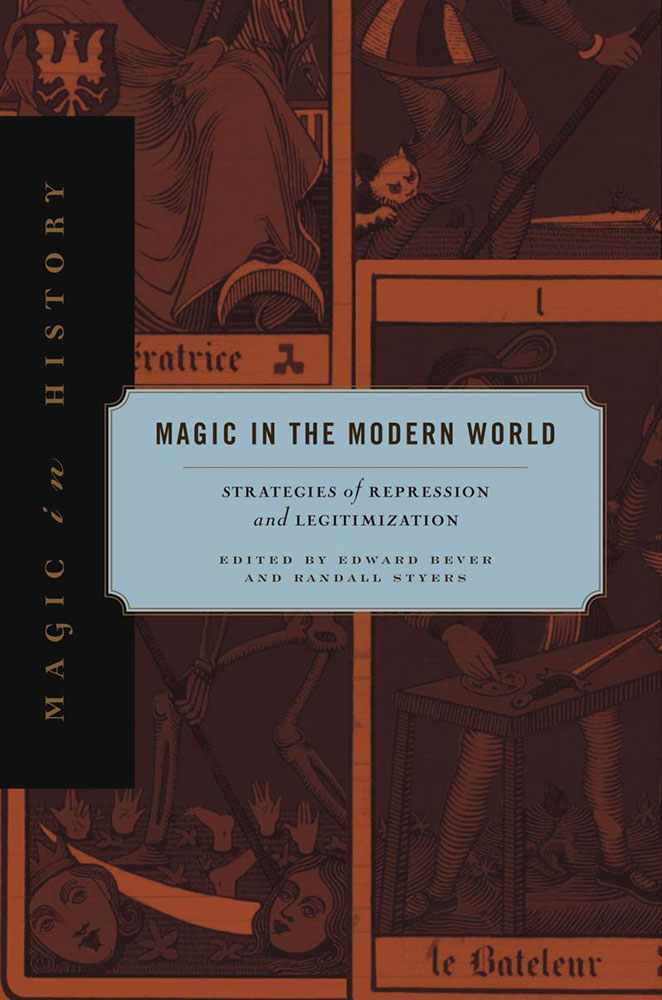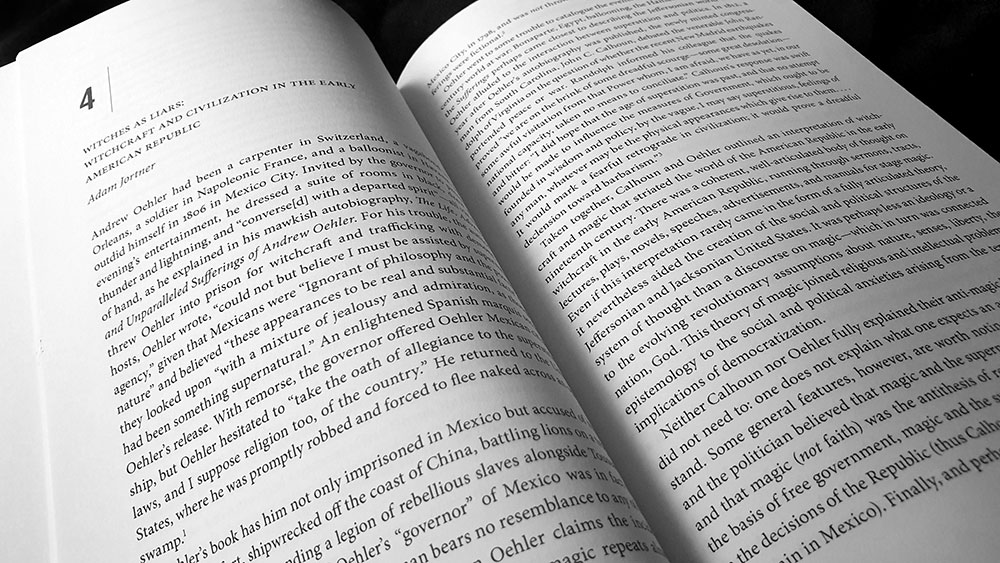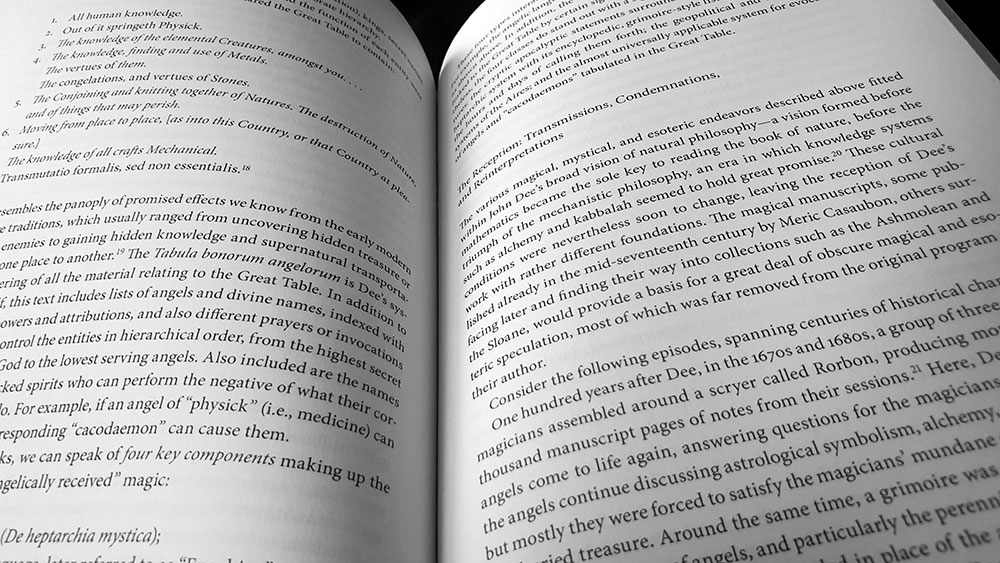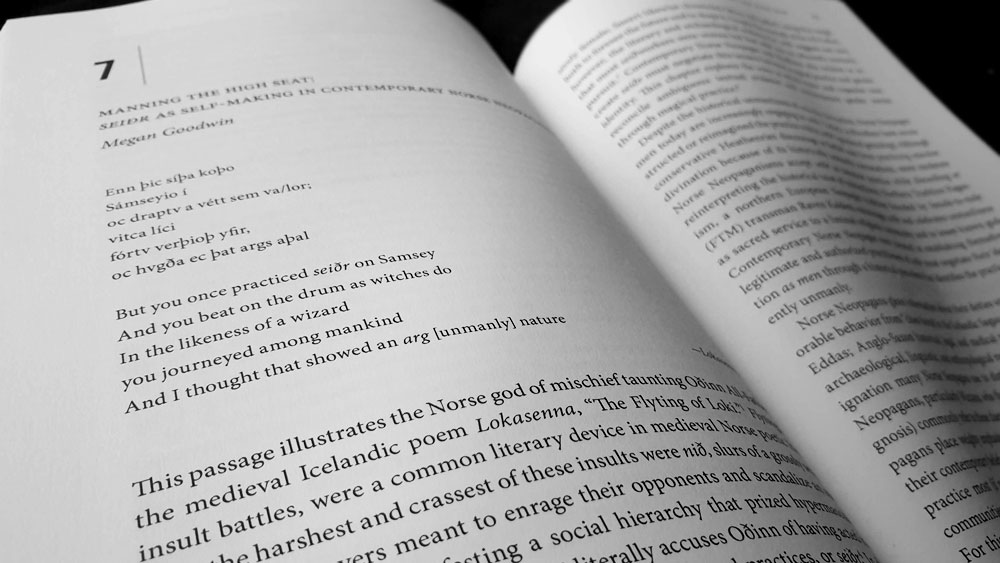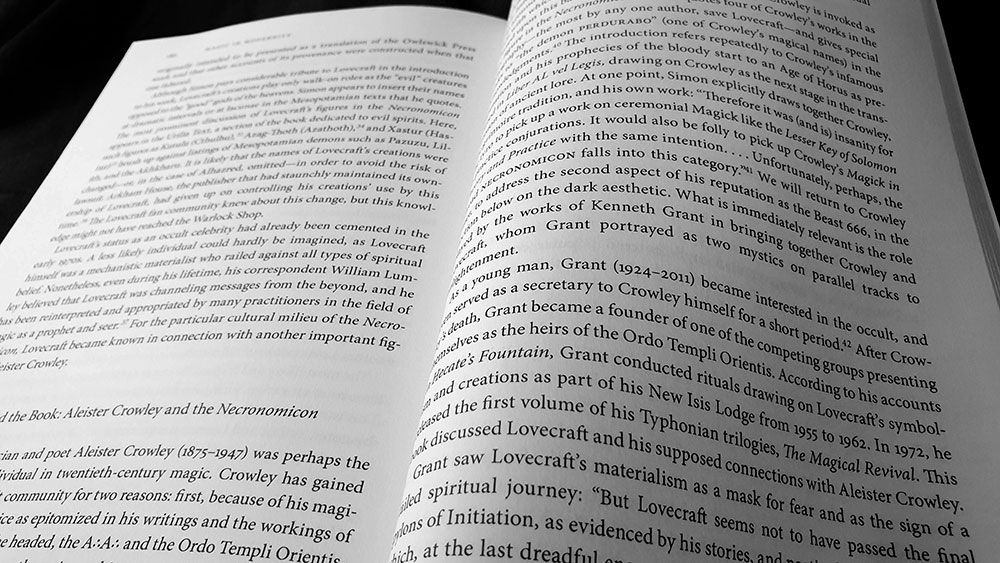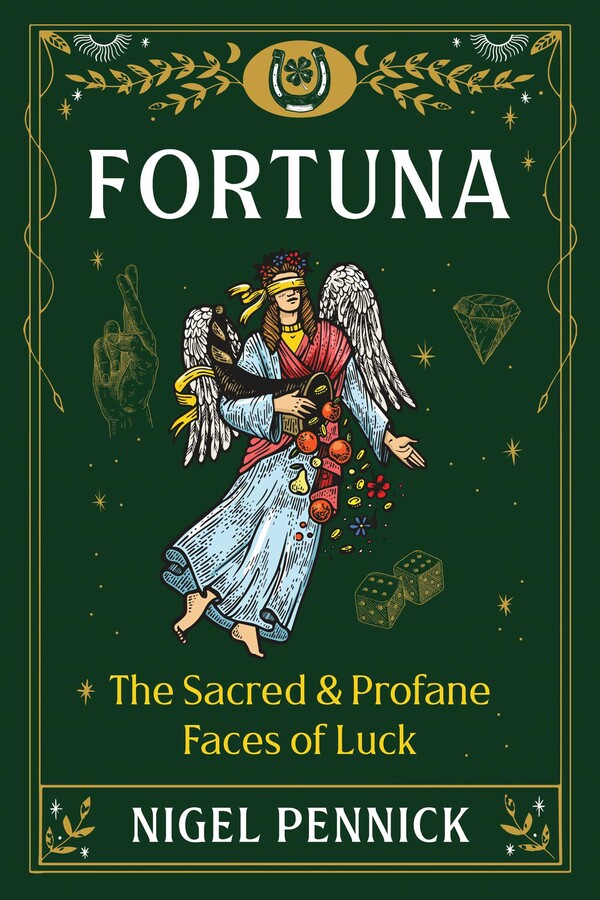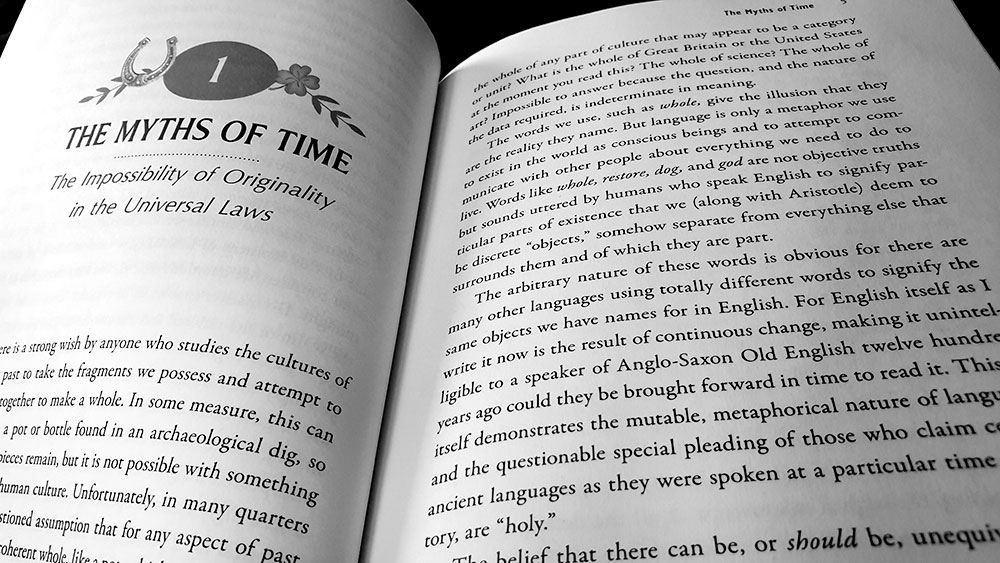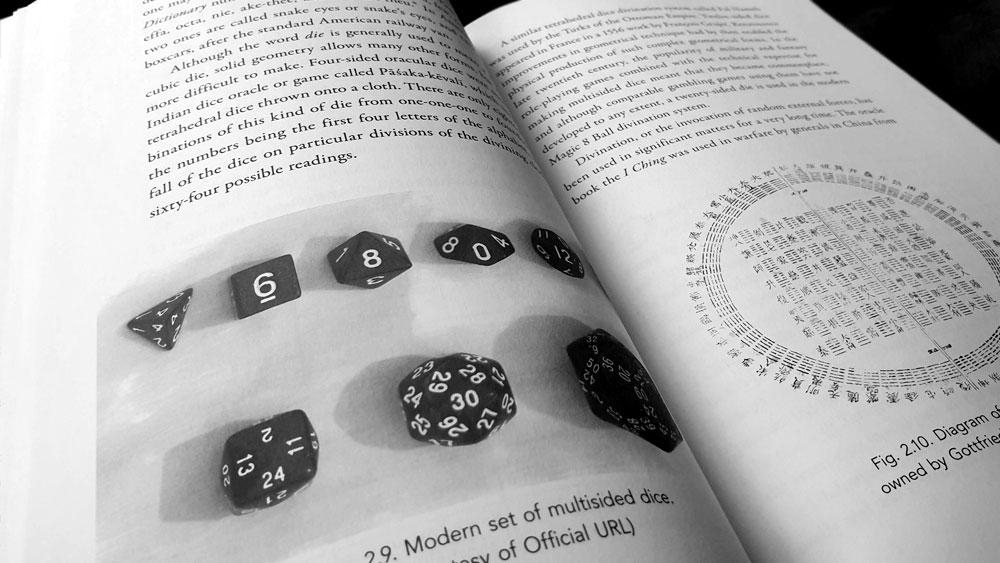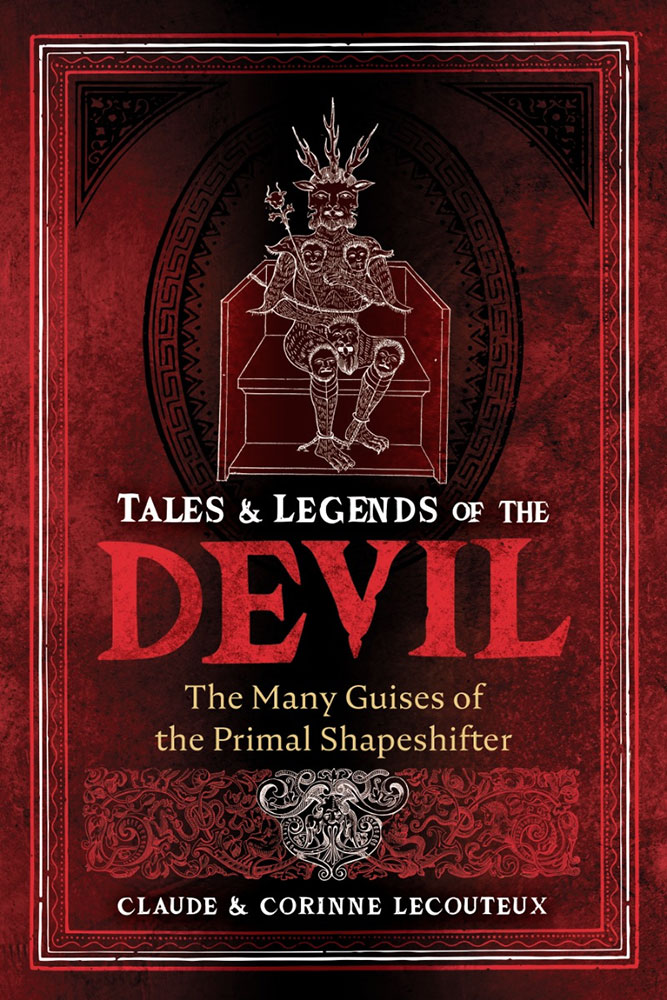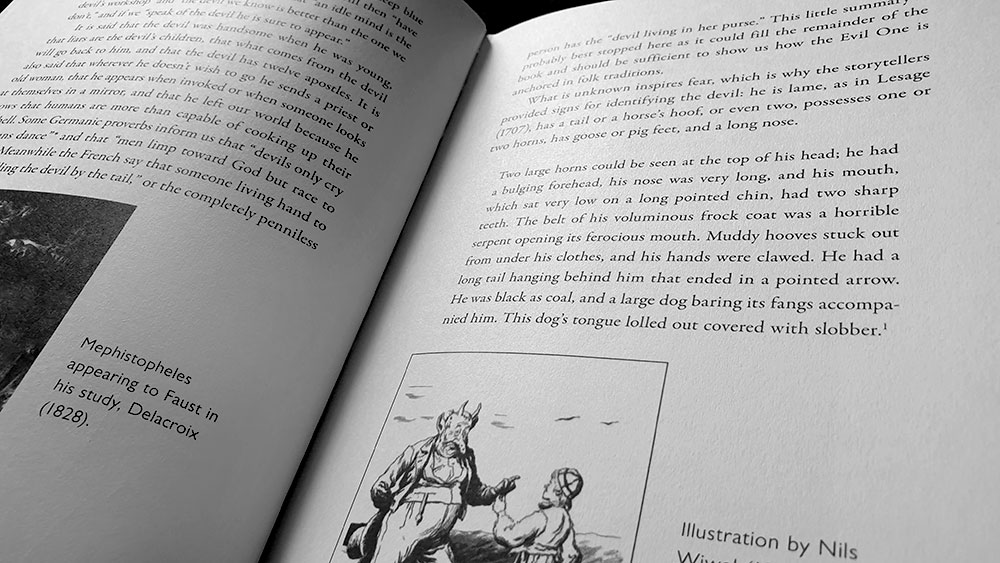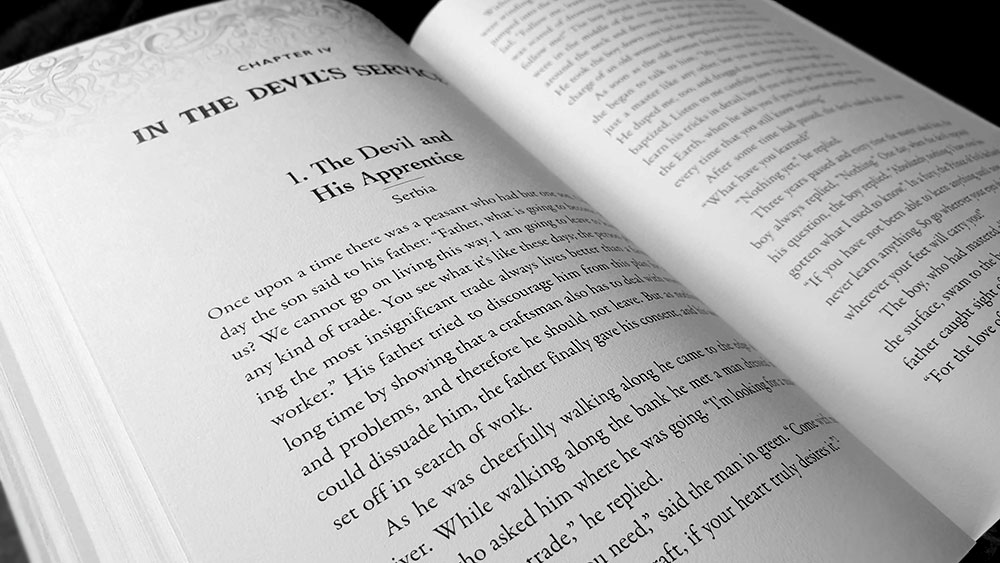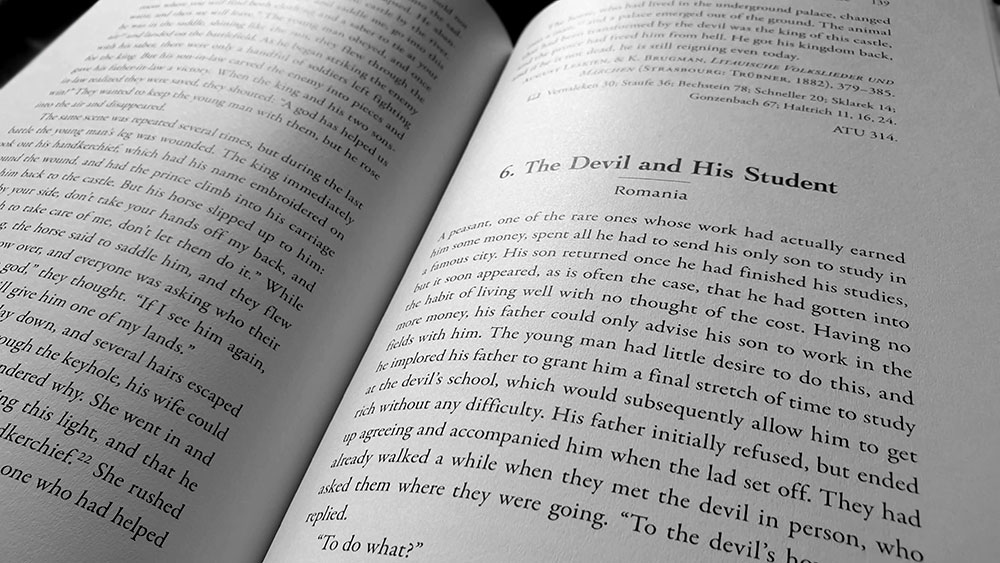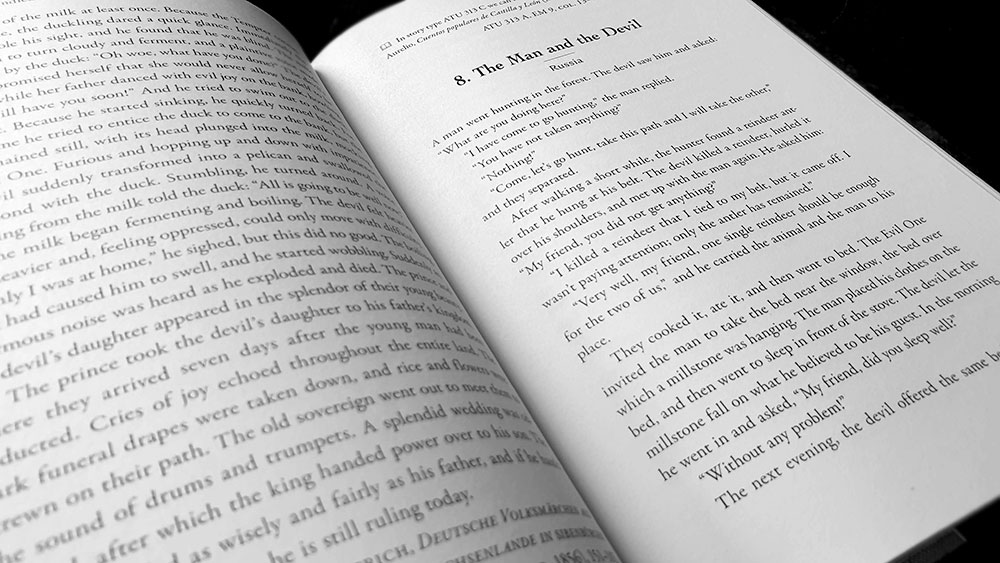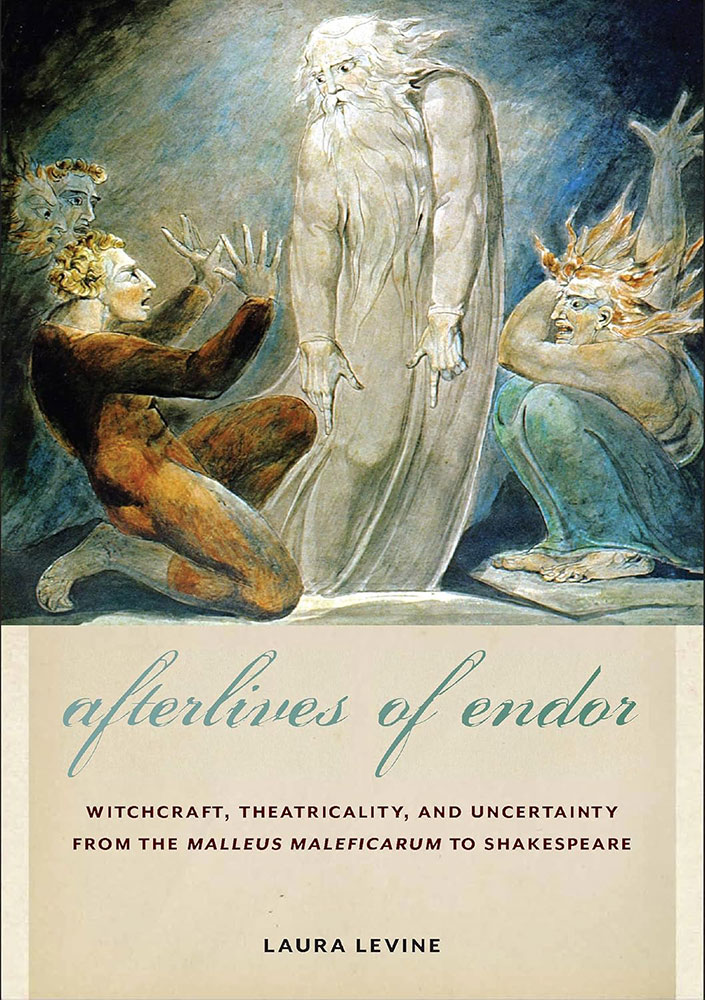 Laura Levine is an Associate Professor of Theatre Studies at New York’s Tisch School of the Arts and so brings an intriguing perspective to witchcraft literature from the early modern period. Subtitled, Witchcraft, Theatricality, and Uncertainty from the “Malleus Maleficarum” to Shakespeare, Levine considers how that period’s anxiety about witchcraft and theatricality impacted on the understanding of witchcraft, and further, how this was conveyed in the works of three pivotal writers, William Shakespeare, Edmund Spenser and Christopher Marlow.
Laura Levine is an Associate Professor of Theatre Studies at New York’s Tisch School of the Arts and so brings an intriguing perspective to witchcraft literature from the early modern period. Subtitled, Witchcraft, Theatricality, and Uncertainty from the “Malleus Maleficarum” to Shakespeare, Levine considers how that period’s anxiety about witchcraft and theatricality impacted on the understanding of witchcraft, and further, how this was conveyed in the works of three pivotal writers, William Shakespeare, Edmund Spenser and Christopher Marlow.
Was witchcraft a real and imminent threat, or was it delusion and deception? This dichotomy is embodied in the biblical witch of Endor referenced in the book’s title, and the ways in which she was perceived on the one hand by the rationalist Reginald Scot (author of The Discoverie of Witchcraft, 1584), and on ‘tother by the contradistinctively zealous King James VI/I (who penned the tract Daemonologie in 1597). For Scot, most accusations of witchcraft were a scapegoating campaign against poor menopausal women, and the imagery of malfeasance and malefica were entirely in the minds of the accusers. King James, however, believed explicitly in the reality of witches and witchcraft, making both practice and practitioner worthy of extermination. Both men understood that the Endor witch visited by King Saul in the biblical book of 1 Samuel could not have raised the shade of the prophet Samuel to physical appearance, but each offered a different explanation. Scot took the most obviously rational approach and argued that the witch was simply a charlatan, using stage tricks to effect the appearance of Samuel. King James also perceived a deception, but rather than coming from the hand of the witch, it was the devil himself who was given his due, with Satan employing a demonic theatricality to assume the shape of the dead prophet.
Levine divides her book into two parts, with the first five chapters devoted to the witchcraft treatises of Heinrich Kramer, Reginald Scot, Jean Bodin and King James, and the rest on the literature of Spenser, Marlow, and Shakespeare with a chapter given to each writer; and an epilogue in the case of the bard.
There’s a common though largely unspoken sense of duplicity that weaves its way through the texts of Kramer, Bodin, Scot and King James, with Levine highlighting moments that make the writers seem conflicted and possessed of double standards. In the Malleus Maleficarum, Kramer and Sprenger provide elaborate instructions for trials of witches, creating scripts and judicial procedures that seem to instil order but are then undone with a theatrical flourish at the end of the trial in which a witch’s accuser are revealed to her, thereby confirming her guilt. This is just one example in the Malleus Maleficarum where examiners are advised to use deception to reveal deception, the judicial theatricality acting as a counter-performance to the innate performative nature of witchcraft itself. Jean Bodin in his meisterwerk De la démonomanie des sorciers makes an impassioned case against theatricality in witchcraft trials, distaining any spectacles, especially instances that replicate the witchcraft he is examining (something which he singles out German judges as being guilty of, take that Kramer and Sprenger). Yet there is much in Bodin’s judicial approach that suggests the magic of performance, and despite believing that words ‘describe’ rather than ‘create,’ the act of verbally giving evidence has a constitutive power, one that as a prosecutor he is reliant upon. In this and other examples, cognitive dissonance abounds and as Levine notes, this is something that extends to both a rationalist like Scot and to the believers like James, with the worldviews of both sceptic and witch-monger often coming close.
The grounding in history that Levine provides in the first part of the book is so successfully done that when it comes to consider the fictional heirs of Kramer, Bodin, Scot and James, the parallels betwixt fact and fiction are immediately obvious, even before she makes each case. Of these, the most interesting examples are drawn from the works of Edward Spenser and William Shakespeare. In the eighth canto of the first book of Spenser’s The Faerie Queene, Una strips the witch Duessa of her clothes to reveal to Red Cross Knight who he has been consorting with and demonstrate what she actually is. This obviously recalls the procedures found in both Malleus Maleficarum and Newes from Scotland in which suspected witches were stripped and their bodies searched in order to find the devil’s mark and elevate that suspicion to categorical fact. What is a particular delight in this section is how Levine highlights the way in which Spenser undoes the inquisitor’s gaze, never allowing Duessa to be truly laid bare. He couches his description with ostensive modesty, employing acts of narrative preterition that he credits to his chaste muse who prevents him from describing Duessa’s innermost muliebral monstrosity. Despite tantalising the reader with description of her broader theriomorphic and colubrine attributes, the private site that would confirm her designation as female and witch remains invisible, her secret filth “good manners biddeth not be told.” Levine draws a comparison to the unveiling of Duessa (“loathly, wrinckled hag, ill fauoured, old”) to the trial of Agnes Sampson (“eldest witch of them al”) in Newes from Scotland. The account details how Sampson seemed to resist corporeal definition by her interrogators and had to be stripped and fully shaved before the devil’s mark could be finally found on her ‘privities.’
When turning to the works of Shakespeare, Levine considers first The Winter’s Tale. This sharpens the focus once again on the differing interpretations of Saul and the witch of Endor by Scot and Shakespeare’s patron, King James. Here the divergent interpretations are credited to the characters Paulina and King Leontes, with the latter calling the former a ‘mankind witch’ and threatening to have her burnt. In turn, Paulina, channelling the pragmatic Scot, replies that “It is an heretic that makes the fire, not she which burns in’t,” effectively arguing that the crime is in the tyrannous mind of the beholder who makes the accusation and kindles the flame, not the immolatee. The Tempest with its play within a play provides an even clearer exploration of the themes of magic and artifice, given the clear analogy that it makes between Prospero’s sorceress arts and the contrived magic of the theatre, with Prospero giving up the practice of the artes magical like an actor retiring from treading the boards.
Afterlives of Endor runs to a brisk 129 pages of body copy, followed by a substantial section of extensive endnotes (many running to over a page in length), as well as references and an index, making for 178 pages in total. Levine has an engaging but dense writing style that rewards close attention, but does assume some familiarity with its subject matter, both in terms of witchcraft trials and the works of fiction, both of which she refers to exhaustively.
Published by Cornell University Press
